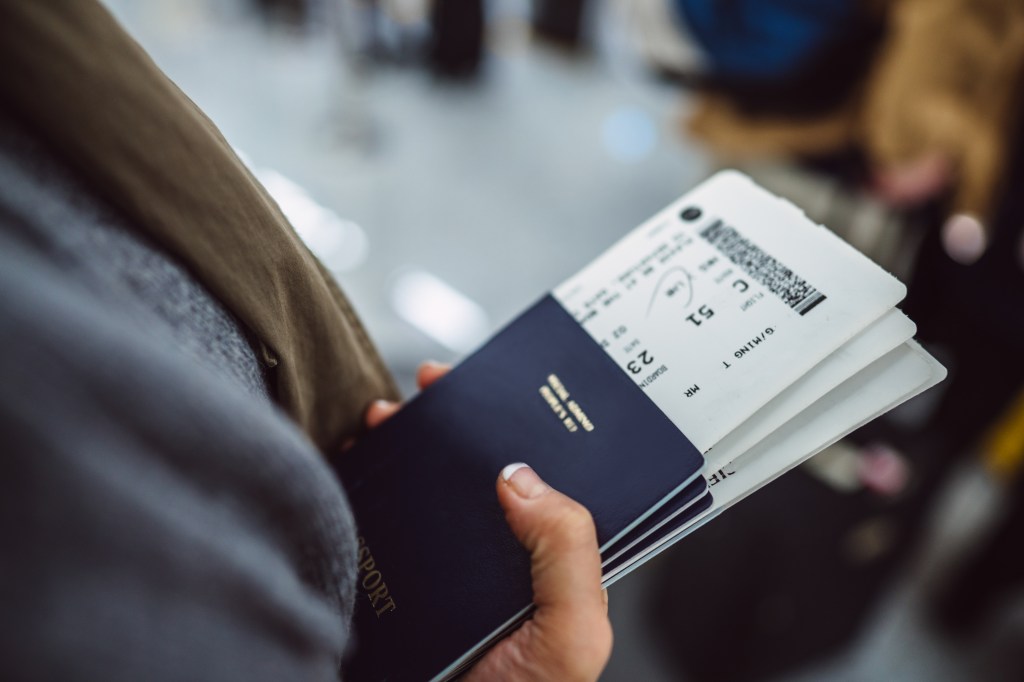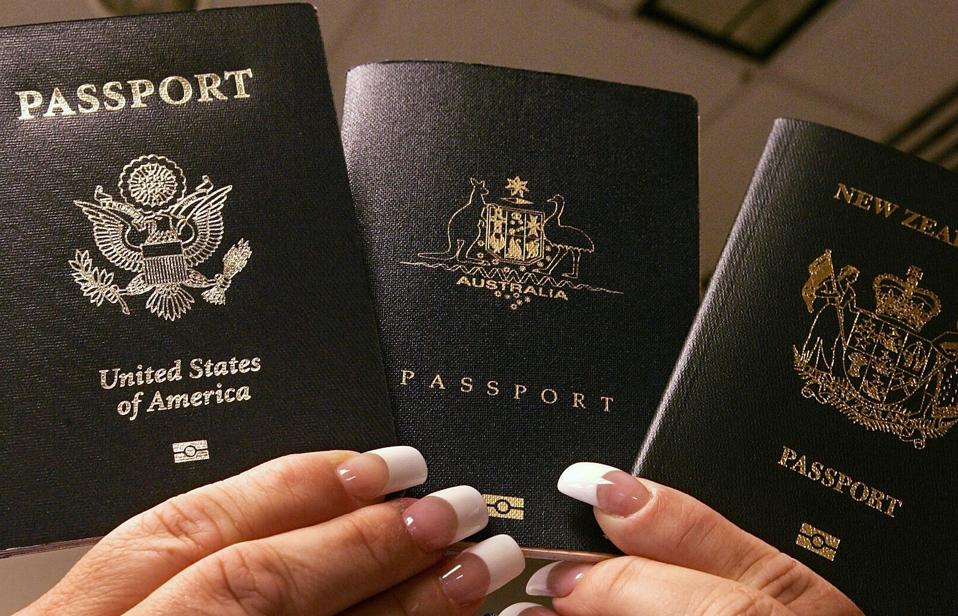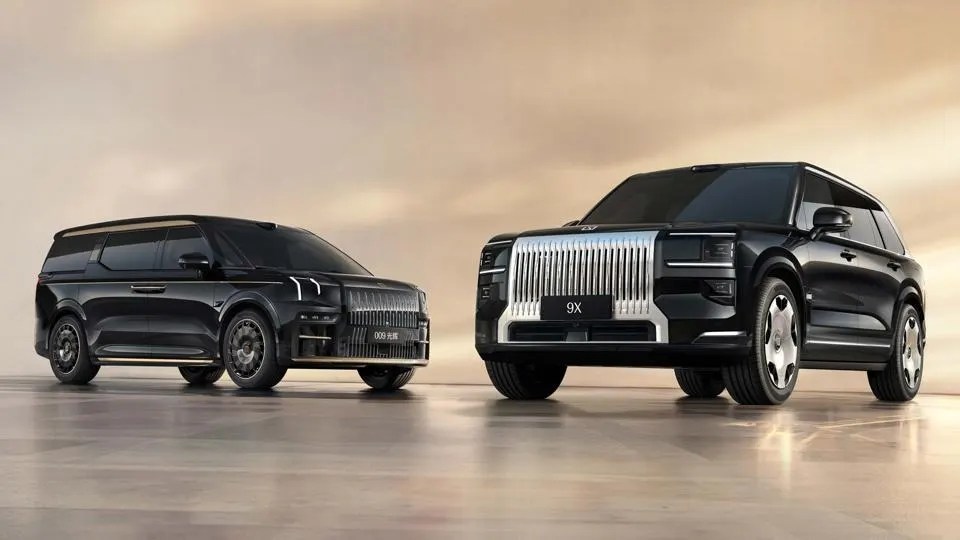For the first time, a nation is allowing travelers to cross its border with a digital passport on their smartphone instead of a physical passport. While the trial is happening in Finland, the European Union wants at least 80% of citizens in the 27-country bloc to be using a digital ID by 2030.

The pilot program, which started at the end of August, is available only to Finnish citizens. It is running at Helsinki Airport as a partnership between Finnair, airport operator Finavia and the Finnish police. Through the end of February 2024, Finnair passengers flying to and from three United Kingdom airports can pass through border control using new voluntary “Digital Travel Credential” (DTC).
Raja, the Finnish Border Guard, says travelers using the new digital credentials can “pass through border control faster and smoother than usual without queuing.”
The European Union is co-funding the pilot project with €2.3 million (US $2.5 million). Along with the six-month trial in Helsinki, the E.U. is planning other pilot programs for Zagreb Franjo Tuđman Airport in Croatia and Schiphol Amsterdam Airport in the Netherlands.
Europe’s move toward a single framework for digital identification is an overarching goal of the eIDAS Regulation passed in 2014. The regulation aims make electronic interactions between businesses and individuals safer, faster and more efficient, no matter where in Europe they take place.

The e-passports of the United States (L), Australia (C) and New Zealand (R) contain computer chips with biographic and biometric information of the holders
Source | Getty ImagesThe terminology surrounding electronic credentials can be confusing. Europe’s DTC — an electronic credential held on a phone — is not the same as a biometric passport (also known as an e-passport), which is a traditional passport booklet with an embedded microchip containing some of the unique physical characteristics of the traveler.
The majority of the world’s countries now issue some form of e-passport, typically identified by the biometric camera symbol printed on the cover. The RFID chip containing biometric data makes a passport more difficult to replicate or forge.
Since 2007, the United States has issued biometric passports by default. In 2021, the more advanced Next Generation Passport replaced the original e-passport as the standard travel document in the U.S. The most noticeable difference is its polycarbonate data page, which feels more like a passport card or a credit card than the passport book. The plastic data page increases the passport’s integrity and durability because its layers are fused together and cannot be separated without destroying the page.
Look back on the week that was with hand-picked articles from Australia and around the world. Sign up to the Forbes Australia newsletter here or become a member here.


